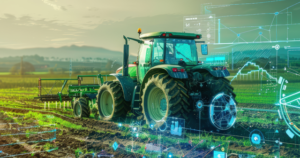What Is Precision Agriculture?

Precision agriculture describes a method of farming with greater accuracy and efficiency. Greater precision equates to increased profitability. Precision agriculture, therefore, results in the dual benefit of higher crop yields with a lesser impact on the environment.
In precision agriculture, this greater accuracy and control in your farm management is achieved with the help of a couple of vital components, namely technology and machines. In the first place, various technologies have been made available to enable you to gather the necessary detailed information or data.
Technology such as MyDTN. MyDTN provides accurate and hyper-local weather information and insights including the rain gauge, spray outlook, hay timer, and growing degree day calculator. MyDTN also gives you access to constantly changing ag market data, including the latest market prices, analysis and commentary, and marketing strategies.
However, gathering data is only part of the success formula in precision ag. The next step is to form your short-term and long-term strategies based on that data and then put those strategies into action. Innovative machines make it possible for you to put the ambitious strategies informed by that precise data into effective and profitable action.
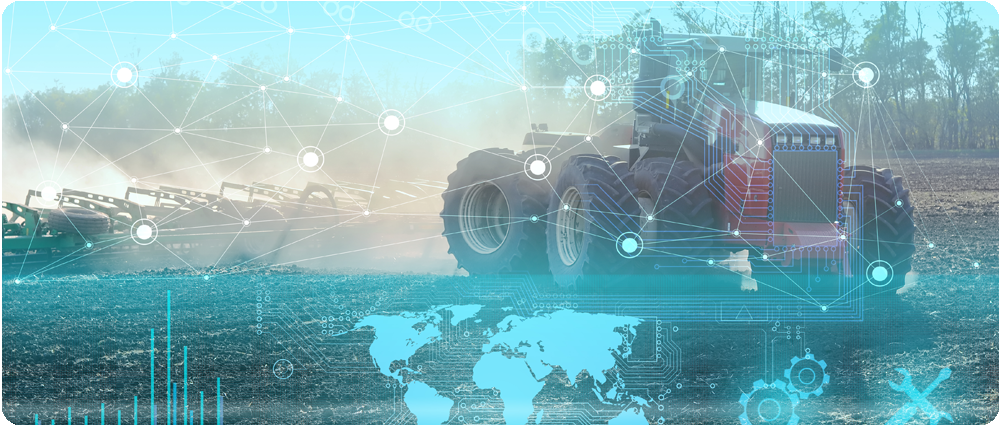
How precision agriculture all began
The modern concept of precision agriculture began in the 1990s with John Deere GPS guidance systems. This integration of global positioning technology into everyday farming allowed for extremely precise steering of tractors according to field coordinates. The subsequent elimination of overlap meant the optimum use of time, fuel, and seed.
Before that, when a tractor maneuvered in a field, rows would tend to overlap by approximately 10 percent. That inevitable degree of human error had the knock-on effect of a significant area of that field getting twice the amount of seed, fertilizer, and pesticide required. In addition, the work would take a lot longer.
This self-guidance technology pioneered by John Deere yields some of the typical benefits associated with precision agriculture. Those benefits include significantly reducing general fuel costs, wear on the machinery, and machine (in this case, tractor) operator time.
Precision agriculture technology
The previously mentioned auto-guidance GPS-based innovation goes hand in hand with other technology that has allowed for the steady evolution of precision farming methods.
These include but are not limited to:
Variable Rate Technology – This technology allows you to apply seed, chemicals, and fertilizers at variable rates. Additionally, you can optimally distribute these same resources according to site-specific map-based or sensor-based data.
According to an electronic map and coordinates supplied by GPS, map-based variable rate technology changes the application rate of seed, etc.
Sensor-based variable rate technology, in contrast, does not depend on a map or GPS. Instead, the applicator is equipped with sensors that measure crop and soil properties during the actual planting, seeding, or spraying process. A control system reacts to this real-time data gathering, calculating the needs of the crop. A controller then delivers the correct amount of fertilizer, for example, to be sprayed.
Specific variable-rate technology systems are equipped to use both map-based and sensor-based methods.
Automatic Section Control – This technology increases planting efficiency by automatically turning off planting in specific rows that have already been planted or other designated areas.
In addition to greater planter efficiency and better environmental care, Automatic Section Control technology has the benefit of:
- reducing overlap,
- increasing operator visibility,
- reducing operator fatigue, and
- facilitating better and more accurate record-keeping.
Telematics – Telematics can also be referred to as fleet analytics. This technology allows for the continuous monitoring of equipment. The data gathered allows for the complete optimization of telematics-enabled equipment, including adjustments in usage for the sake of more efficient fuel consumption.
Telematics offers many significant advantages. For example, it makes it feasible for agricultural technicians to analyze problems from a remote location. In this way, technical issues can be diagnosed or fixed without stopping the critical and time-sensitive work already in progress.
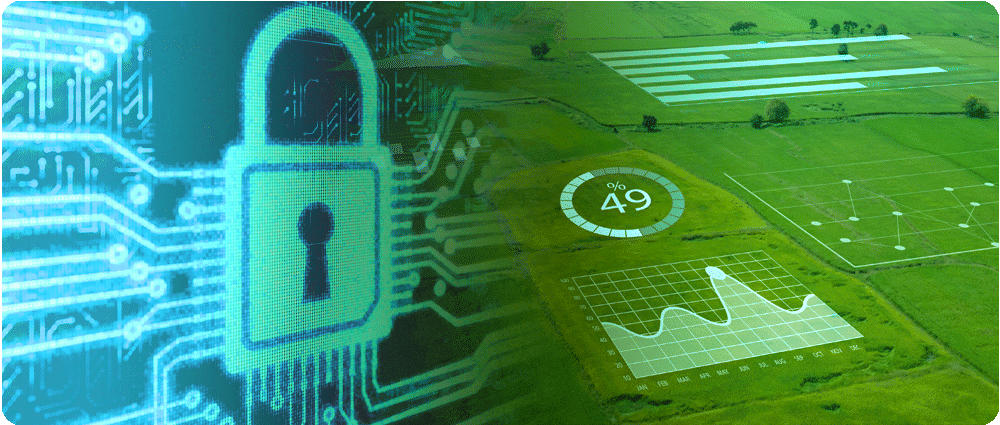
Precision agriculture threats
One particular threat to precision agriculture centers around cyber security. As agriculture becomes more dependent on technology and computer systems, one obvious threat is a cyber-attack. Threats to electronic systems are now possible in ways never anticipated in the now highly mechanized agriculture sector.
This cyber vulnerability is especially the case with the advent of “smart farming.” The interconnectivity and interdependence of various technological applications used on the farm are multiplying. This is all the more true now that AI (artificial intelligence) and IoT (internet of things) technologies are becoming more pervasive.
A natural extension of cyber security vulnerability is the exposure of the stored data to these cyber attacks. The motives for such attacks are the ones common to all types of industry. These motives include theft of data (sensitive data could consist of information related to yields, land prices, herd health, etc.) and sabotage for financial advantage.
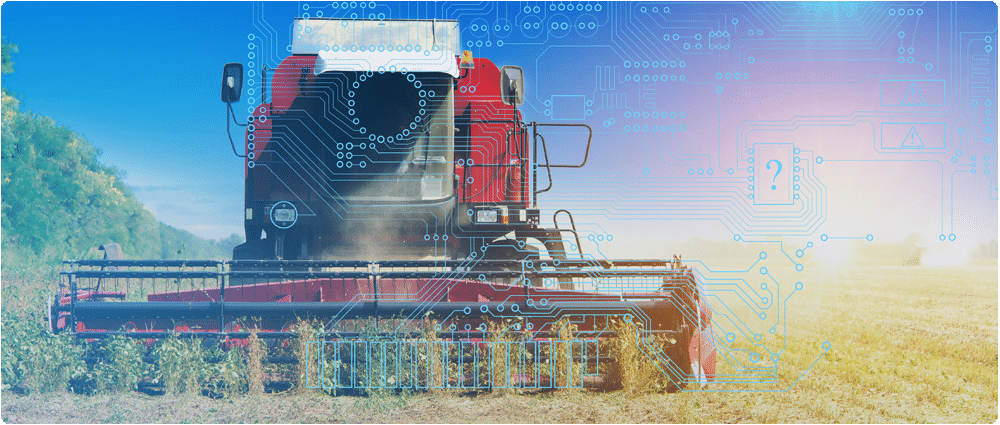
Benefits of precision agriculture
The fact that precision agriculture results in you being able to grow more food on less land is good news. Whereas the consumer is concerned, all things being equal, it should keep food costs at reasonable levels.
The multiple benefits of precision agriculture for both you as a farmer and the environment should be apparent from the inclusion of the word “precision.” The more precise application of resources like water, chemicals, and fertilizer results in less waste and therefore adds up to increased profitability.
This same precision lends itself to reducing damaging environmental impacts. In fact, precision agriculture has now become an essential part of the foundation for future environmental sustainability.
Do you feel like you are starting to reap the benefits of precision agriculture yet, or do you feel like you are falling behind? MyDTN will put you ahead of the curve by constantly keeping you at the forefront of changing market and weather conditions. Then, watch your profits soar with the information provided in MyDTN.
Contact DTN today to get started with your free trial.








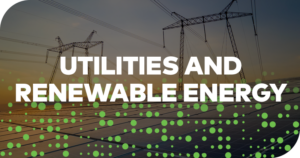


 Comprehensive weather insights help safeguard your operations and drive confident decisions to make everyday mining operations as safe and efficient as possible.
Comprehensive weather insights help safeguard your operations and drive confident decisions to make everyday mining operations as safe and efficient as possible.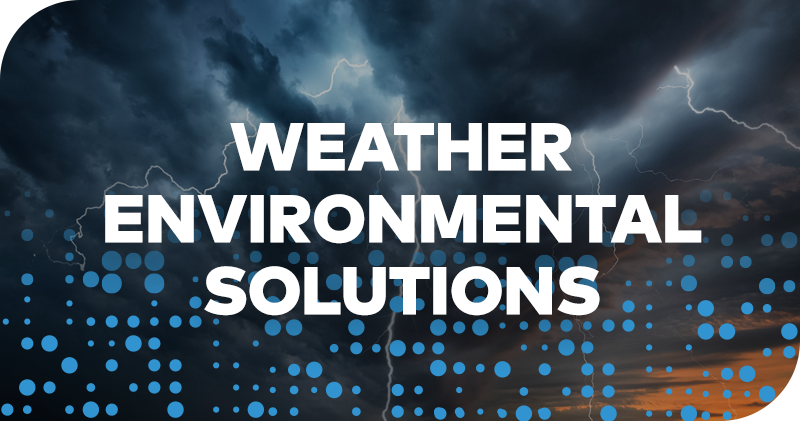 Learn how to optimize operations with credible weather and environmental intelligence. From aviation safety to environmental compliance, our comprehensive suite of solutions delivers real-time insights, advanced forecasting, and precise monitoring capabilities.
Learn how to optimize operations with credible weather and environmental intelligence. From aviation safety to environmental compliance, our comprehensive suite of solutions delivers real-time insights, advanced forecasting, and precise monitoring capabilities. 
